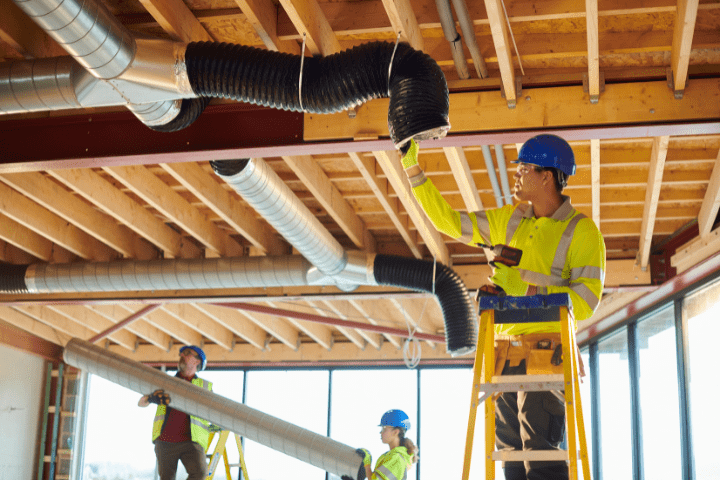New Green Building Practices
The construction industry has recently experienced a paradigm shift driven by factors such as significant increases in material prices and the renewed focus on ensuring public health and safety in the wake of the COVID-19 pandemic. In light of these recent developments, construction companies around the country have been incentivized to incorporate sustainable and green building concepts into their construction practices. In fact, based on the analysis undertaken by Dodge Data and Analytics in their “World Green Building and Construction Trends 2018” SmartMarket report, it is estimated that around 60 percent of all construction projects will implement some form of green construction practices in 2021. In light of the pandemic, it is likely that even more than 60 percent of these projects will include green construction, as the report was produced prior to the emergence of COVID-19.
VOC Elimination
One of the primary means of incorporating green and sustainable building concepts into construction projects has been the reduction and elimination of volatile organic compounds that have previously been prevalent in many products utilized in the construction process. In recent years, a heightened focus on ensuring that products do not contain ingredients or chemicals that are potentially harmful to human health has driven increased transparency into product content.
Today, many manufacturers have begun to provide health product declarations that disclose potential chemicals of concern identified in various priority hazard lists issued by private organizations and government agencies. This information has been vital to construction companies; they can use the information to evaluate the functionality of different products while minimizing the potential impact to human health and safety.
Carbon Footprint Analysis
Companies have also recently begun to undertake a more refined analysis of their potential carbon footprint through “embodied carbon analysis,” which focuses not only on the energy use of a particular structure, but also analyzes the impact of carbon emitted both during the construction process and entire building lifecycle. As construction teams incorporate embodied carbon analysis to identify products, materials, and construction techniques that minimize embodied carbon, manufacturers and suppliers of these products are also incentivized to minimize their carbon footprint to accommodate the requirements of modern construction companies.
The need to identify safer products that achieve the necessary performance characteristics, while minimizing carbon footprint, has led to creative and innovative design solutions being implemented by the US construction industry. Various financial and tax incentives are offered to companies in the US which undertake these analyses of alternative products and materials, as well as the integration of these products and materials into their construction projects. Ayming USA’s team of construction industry experts can assist these companies to take advantage of these incentives as they continue to implement green and sustainable construction practices.












No Comments